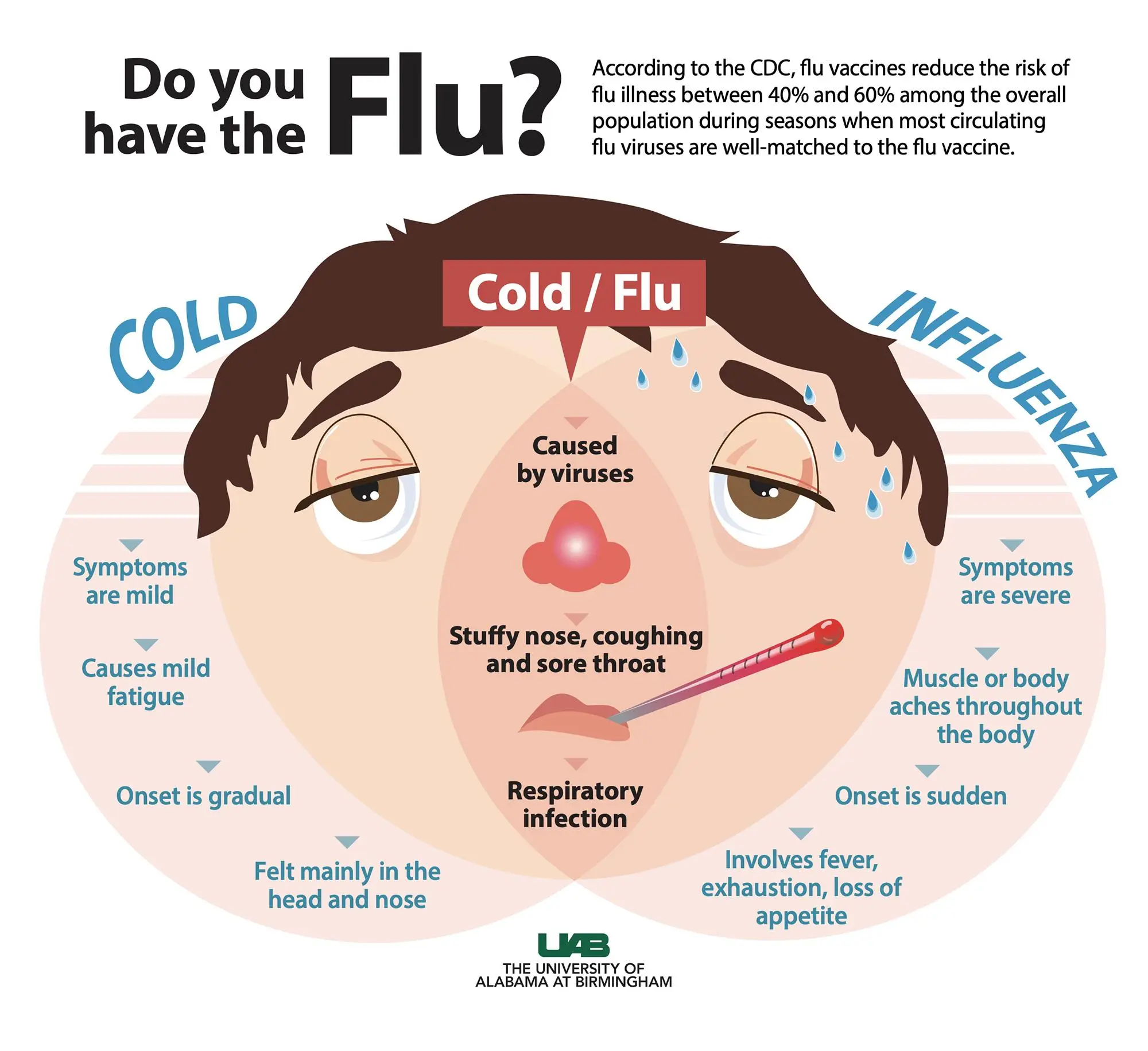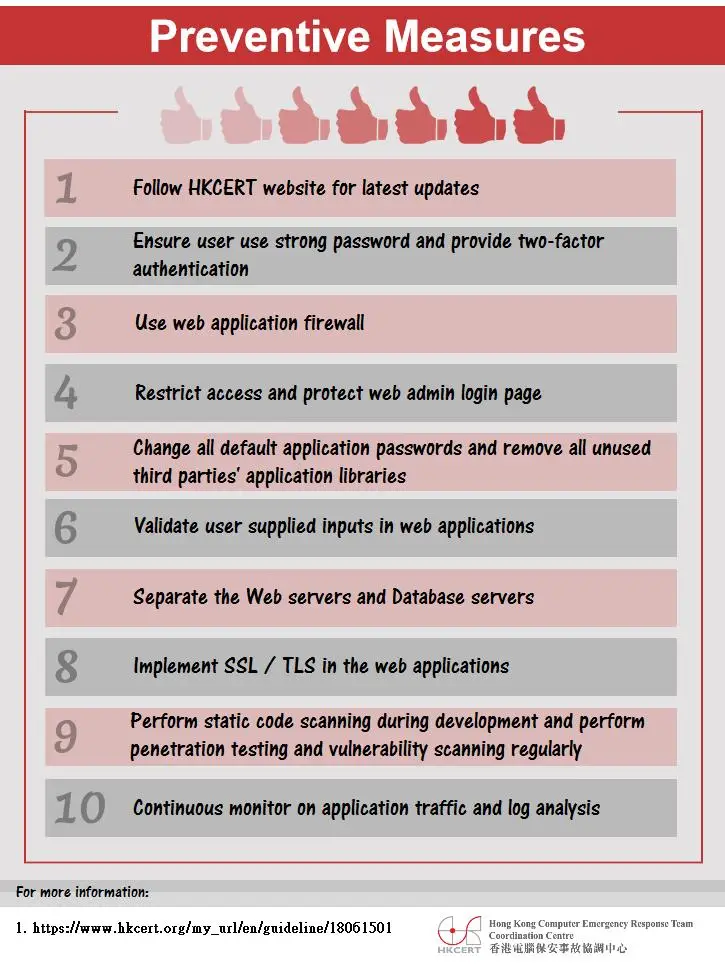Welcome to our blog post discussing the intriguing world of contagiousness when it comes to cold and flu viruses. In the YouTube video titled “Unveiling the Secrets of Contagiousness: Cold & Flu”, we delve into the diabolical nature of these viruses and how they spread from host to host with a remarkable level of intelligence. Join us as we uncover the surprising facts about being contagious even before showing symptoms, and learn more about when you are most likely to spread the flu virus to others. Let’s unlock the mysteries of these clever yet brainless viruses together.
Secrets of Contagiousness: Flu and Cold Viruses

Ever wondered why cold and flu viruses are so contagious? The diabolical nature of these viruses is truly fascinating. They are designed to infect more hosts, even before symptoms appear. This means that you can unknowingly spread the flu or cold virus to others 24 hours before you start showing any signs of being sick.
<p>These viruses may not have brains, but they have a remarkable ability to adapt and survive. Their main goal is to continue propagating from one host to another, with a relentless drive to infect more individuals. It's almost like they possess a form of "viral intelligence" that allows them to spread efficiently.</p>
<p>During the peak of flu symptoms, such as high fever, coughing, sneezing, and headache, you are most contagious. This is the time when the virus is highly transmissible and can easily spread to others. So, it's crucial to take precautions and isolate yourself from others when you are feeling unwell to prevent further transmission of these contagious viruses.</p>
Contagiousness Before Symptoms: A Diabolical Aspect

The flu virus is undeniably clever in its ability to spread from host to host, even before symptoms begin to show. This diabolical aspect of the virus means that individuals can unknowingly be contagious up to 24 hours prior to experiencing their first symptoms. This unfortunate reality allows the virus to continue propagating and infecting more hosts, showcasing a sort of viral intelligence that drives its survival and transmission.
Similarly, the cold virus also exhibits this sneaky behavior, making individuals contagious even before they start feeling unwell. This strategy of spreading before symptoms appear is a testament to the adaptability and evolutionary success of these viruses, despite their lack of a brain. It is a reminder of the constant threat they pose, lurking and waiting to infect new hosts without any outward signs of illness.
During the peak of symptoms, such as when fever, coughing, sneezing, and headaches are at their worst, individuals become most contagious. This period, typically lasting about three days, is when the virus is most easily transmitted from person to person. It is essential to be vigilant during this time and take necessary precautions to prevent further spread of the virus.
In conclusion, the contagiousness of cold and flu viruses before symptoms appear is indeed a diabolical aspect of their nature. Understanding this behavior can help individuals take proactive measures to protect themselves and others from the spread of these highly infectious illnesses. Remember, just because you feel fine doesn’t mean you can’t unknowingly pass on the virus to someone else. Stay informed, stay safe, and prioritize prevention to combat the contagiousness of cold and flu viruses effectively.
Viral Intelligence and Adaptation for Propagation

The flu virus and the cold virus are diabolically clever in their ability to spread. They start shedding the virus even before symptoms appear, making it possible for someone to be contagious without even realizing it. This viral intelligence allows them to adapt and propagate from host to host, ensuring their survival and increasing their chances of infecting more individuals.
One of the unfortunate aspects of these viruses is that they don’t need a brain to be effective. They have a drive to continue spreading and infecting new hosts, making them formidable opponents in the battle against illness. This viral intelligence means that they are always looking for ways to survive and thrive in their environment.
When it comes to the flu, individuals are most contagious during the three days when symptoms are at their worst. This includes peak fever, coughing, sneezing, headache, and other discomforts. It’s crucial to practice good hygiene and take precautions to prevent the spread of these viruses, especially during peak contagious periods. Remember, even if you are still exhibiting symptoms, you can still be contagious, so take care to protect yourself and others.
The Flu: Most Contagious During Peak Symptoms

The flu and the cold are both caused by viruses that are very sneaky and diabolical in their contagiousness. They have evolved to be very efficient at spreading from one person to another, even before symptoms appear. This means that you can unknowingly be a carrier of the flu virus and spread it to others before you even feel sick.
The flu virus is particularly cunning in its ability to spread during peak symptoms. When you are feeling your absolute worst with a high fever, coughing, sneezing, and experiencing other symptoms, that is when you are most contagious. During this time, the virus is at its peak in terms of shedding and infectivity, making it crucial to take extra precautions to prevent spreading it to others.
It’s important to remember that even if you are still exhibiting symptoms of the cold or flu, you are contagious. This viral intelligence, despite the lack of a brain in these viruses, drives them to continue infecting more hosts. By understanding the peak contagiousness of the flu virus, we can take necessary steps to protect ourselves and others from getting sick. Stay informed and take precautions to prevent the spread of these clever viruses.
Implications for Controlling Spread of Cold and Flu

When it comes to controlling the spread of cold and flu, knowledge is key. Understanding how these viruses operate can help us take preventative measures to minimize the risk of transmission. The diabolical nature of the flu virus lies in the fact that you can be contagious 24 hours before even showing symptoms. This means that someone may unknowingly be spreading the virus before they realize they are sick.
Flu viruses, much like cold viruses, have evolved to be highly contagious in order to survive and propagate from host to host. They may not have brains, but their ability to infect others is a testament to their viral intelligence. It is important to remember that if you are experiencing symptoms of cold or flu, you are contagious. With the flu, the peak of contagiousness occurs when you feel the absolute worst – when your fever is at its highest, and you are coughing and sneezing the most.
To prevent the spread of cold and flu, it is crucial to take preventative measures such as frequent hand washing, covering your mouth and nose when coughing or sneezing, and staying home when you are sick. By being vigilant and proactive, we can help reduce the transmission of these viruses and protect ourselves and those around us. Let’s stay informed and take action to keep ourselves and our communities healthy.
Preventive Measures: Strategies to Minimize Contagiousness

When it comes to minimizing the contagiousness of cold and flu, there are certain preventive measures that can make a significant difference. Here are some strategies to keep in mind:
-
Practice good hygiene: Washing hands frequently with soap and water, covering mouth and nose when sneezing or coughing, and avoiding touching eyes, nose, and mouth can help reduce the spread of viruses.
-
Stay home when sick: If you are experiencing symptoms of cold or flu, it’s best to stay home to prevent spreading the virus to others. Resting and giving your body time to recover is important for both your health and preventing further contagion.
-
Boost your immune system: Eating a healthy diet, getting enough sleep, staying hydrated, and exercising regularly can strengthen your immune system, making you less susceptible to catching colds and flu viruses.
-
Get vaccinated: Annual flu vaccination is recommended to protect yourself and others from getting the flu. It is especially important for individuals at high risk of complications from flu, such as young children, pregnant women, and the elderly.
By following these preventive measures and being aware of the contagiousness of cold and flu viruses, you can help minimize the spread of illness and protect yourself and those around you. Let’s all work together to stay healthy and safe during cold and flu season.
Q&A
Q: What are some key points discussed in the YouTube video “Unveiling the Secrets of Contagiousness: Cold & Flu”?
A: The video highlights how both the flu virus and the cold virus can be contagious even before symptoms appear. The viruses are described as diabolical in their ability to spread from host to host. It is mentioned that the flu virus is most contagious when symptoms like fever, coughing, and sneezing are at their peak.
Q: How far in advance can a person be contagious with the flu or cold virus?
A: According to the video, individuals can start shedding the virus and be contagious about 24 hours prior to the onset of first symptoms. This means they can spread the virus even before realizing they are sick.
Q: What is meant by the concept of “viral intelligence” discussed in the video?
A: The video suggests that viruses like the flu and cold viruses, while lacking brains, have adapted to be highly contagious. This concept of “viral intelligence” refers to the ability of these viruses to effectively spread from host to host in order to survive and continue infecting more individuals.
Q: When is a person most contagious with the flu virus?
A: The video mentions that individuals are most contagious with the flu virus during the three days when they feel the absolute worst. This includes when symptoms like fever, coughing, sneezing, and headache are at their peak.
Final Thoughts
As we’ve learned from the fascinating YouTube video “Unveiling the Secrets of Contagiousness: Cold & Flu”, viruses like the flu and cold are incredibly clever in their ability to spread from host to host. Even before symptoms begin, these viruses are already contagious, making it difficult to prevent transmission.
It’s a reminder of how crucial it is to practice good hygiene and take precautions during cold and flu season to protect ourselves and those around us. Remember, even when you’re feeling at your worst, that’s when you’re most contagious. Stay informed, stay healthy, and stay safe out there. The battle against these tiny but mighty viruses continues.



